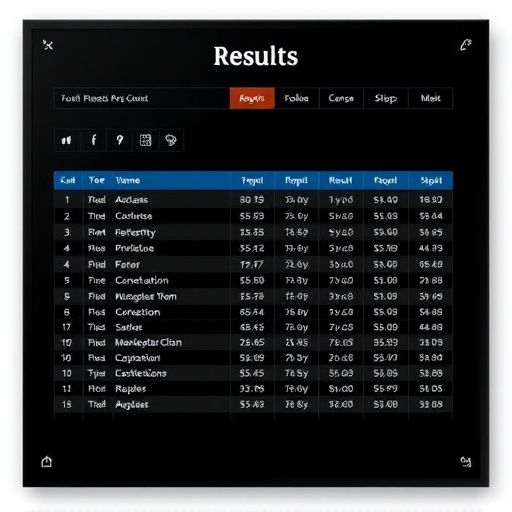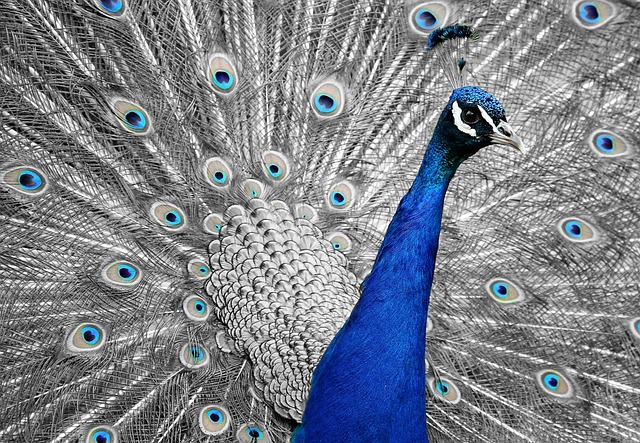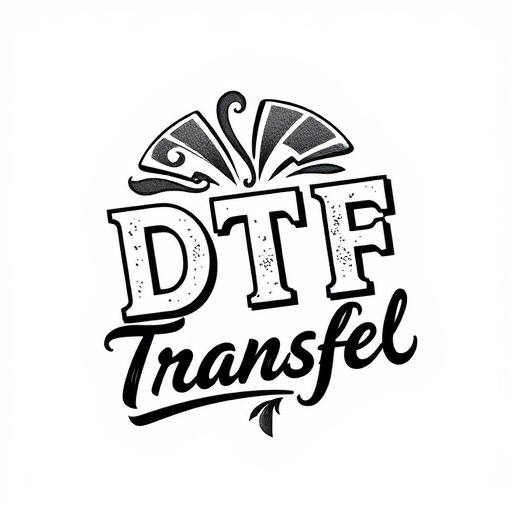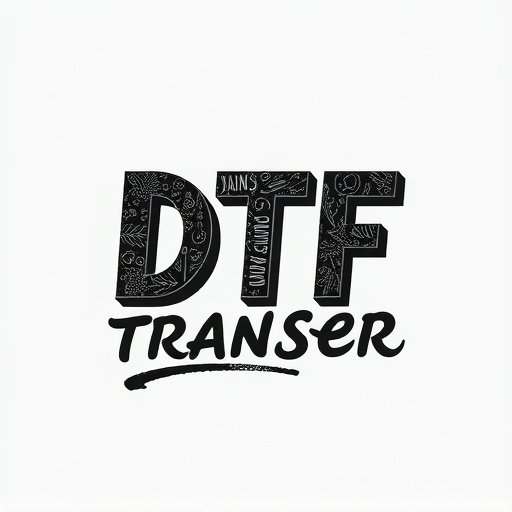Direct-to-Film (DTF) transfer technology is revolutionizing printing with its efficiency and versatility. DTF allows for complex designs on various materials, reduces costs by minimizing waste, and speeds up production times. Designers can create intricate patterns and blend art styles while printers strategically plan layouts to maximize visual impact. With precise registration and high-quality inks, DTF offers a preferred method for creating vibrant, long-lasting prints in fashion, business batches, and future AI/AR integrated designs. Its sustainability potential further solidifies its role as an eco-friendly game-changer.
Revolutionize your printing game with DTF (Direct-to-Film) Transfer—a game-changer in the world of print technology. This innovative process allows for complex artworks and multiple designs to be created on a single film, enhancing efficiency and quality. In this article, we explore the fundamentals of DTF Printing, its design capabilities, layout optimization, printing techniques, and diverse applications. Discover how DTF Transfer is transforming industries, from apparel to signage, and shaping future trends in print.
- Understanding DTF Transfer: A Revolution in Printing Technology
- The Basics of DTF Printing: How It Works and Its Advantages
- Designing for DTF: Creating Complex Artworks on a Single Film
- Optimizing Layouts: Efficiently Arranging Multiple Designs
- Printing Techniques and Considerations for DTF Films
- Applications and Future Trends in DTF Transfer Printing
Understanding DTF Transfer: A Revolution in Printing Technology
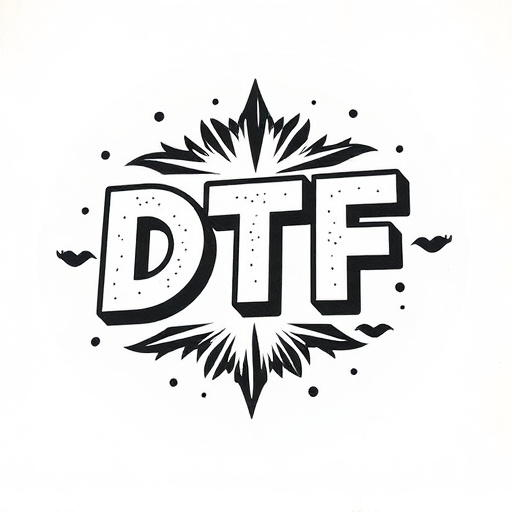
The DTF Transfer (Direct to Film) revolutionizes printing technology by allowing multiple designs to be precisely arranged on a single film, streamlining the printing process and enhancing efficiency. Unlike traditional methods that require individual films for each design, DTF enables print shops to optimize their workflow by preparing one film containing various layouts, patterns, or graphics. This innovation is particularly beneficial in industries demanding rapid production turns and diverse print orders.
DTF Printing offers a multitude of advantages, including cost-effectiveness, time savings, and superior print quality. With DTF, intricate details and fine lines are reproduced accurately, ensuring DTF prints maintain their sharpness and clarity. Moreover, the technology supports a wide range of printing surfaces, expanding creative possibilities for designers and maximizing the versatility of print shops.
The Basics of DTF Printing: How It Works and Its Advantages
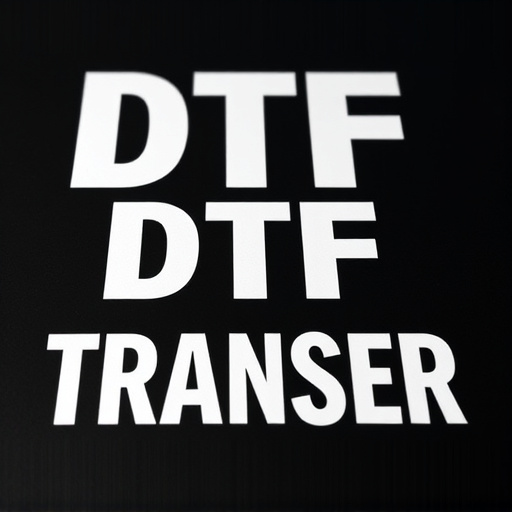
Direct-to-film (DTF) printing is a game-changer in the world of print production, especially for efficient and versatile printing solutions. This innovative technique involves transferring ink directly onto a film or substrate, allowing for precise and high-quality prints on a variety of materials. The process is surprisingly simple: design files are prepared with specific settings, then ink jets apply the design to a flexible film, which can be cut and arranged for various print requirements.
One of the key advantages of DTF Printing is its versatility. It enables printers to produce complex designs with vibrant colors and crisp details on multiple surfaces, from textiles to signage and even packaging. With DTF, designers can easily create custom prints, making it a popular choice for small batch production and one-off projects. Additionally, the ability to arrange multiple designs on a single film streamlines the printing process, reducing set-up time and waste, ultimately leading to cost-effectiveness and increased efficiency.
Designing for DTF: Creating Complex Artworks on a Single Film
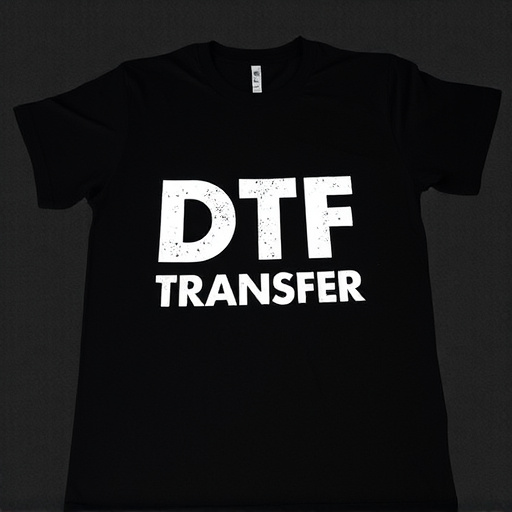
Designing for Direct-to-Film (DTF) printing involves crafting complex artworks that can be seamlessly integrated onto a single film. This process requires a deep understanding of DTF transfer techniques and an eye for detail, as every element must be precisely aligned to ensure high-quality prints. Artists and designers leverage advanced software tools to create intricate patterns, incorporate multiple design variations, and achieve a level of customization that was once unimaginable with traditional printing methods.
By optimizing designs for DTF, creators can efficiently produce a variety of prints on a single sheet of film. This not only streamlines the printing process but also reduces waste, making it an eco-friendly choice. Moreover, DTF allows for the seamless blending of different art styles and themes within a single composition, opening up endless creative possibilities for designers looking to make a statement in their work.
Optimizing Layouts: Efficiently Arranging Multiple Designs
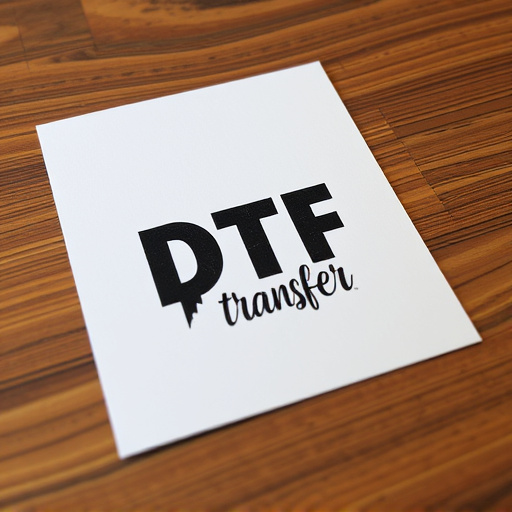
In the realm of modern printing techniques, optimizing layout designs for efficient production is a game-changer. DTF (Direct to Film) transfer technology allows for a seamless process where multiple designs can be arranged and printed on a single film, streamlining the printing workflow. This innovative approach ensures that various prints, patterns, or graphics can be precisely positioned and overlaid without compromising quality. By carefully planning and organizing these designs, printers can maximize the use of each DTF film, reducing waste and optimizing production time.
Efficient layout arrangement begins with a thoughtful design strategy. Printers should consider the visual impact and functionality of each design element, ensuring they complement one another. With DTF printing, the ability to print intricate details, vibrant colors, and high-resolution images makes it ideal for creating complex compositions. By carefully cutting and placing these designs on the film, printers can achieve a continuous flow of patterns or create unique, custom prints, catering to diverse customer needs. This method revolutionizes traditional printing practices, enabling faster turnaround times and enhanced design flexibility.
Printing Techniques and Considerations for DTF Films
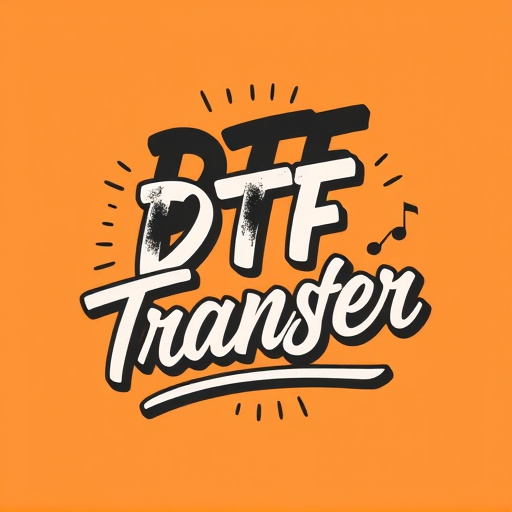
Printing Techniques and Considerations for DTF Films
Direct-to-film (DTF) transfer printing has emerged as a game-changer in the print industry, offering efficient and versatile solutions for various applications. This innovative technique involves applying design elements directly onto a thin film, which is then transferred to a final medium like fabric, wood, or metal. DTF printing allows for complex designs with vibrant colors and crisp details, making it popular among artists, customizers, and businesses.
When working with DTF films, several factors come into play. Ink selection is crucial; compatible inks ensure optimal adhesion and long-lasting prints. Pre-treatment of the film and the substrate surface is essential to enhance bonding. Additionally, understanding the material properties of different DTF transfer films is vital to choosing the right one for specific printing needs. Proper registration and precision during printing are also key to achieving high-quality DTF prints.
Applications and Future Trends in DTF Transfer Printing

The versatility and efficiency of DTF Transfer Printing have opened up a world of possibilities for various industries. This innovative technique allows for the simultaneous printing of multiple designs on a single film, streamlining the production process and reducing costs. Applications span across apparel, signage, and even electronic device customization. In the fashion industry, designers can quickly produce limited-edition collections with intricate details and personalized graphics. For businesses, DTF enables fast turnaround times and efficient small-batch printing, catering to niche markets and trends.
Looking ahead, future trends in DTF Transfer Printing promise further enhancements and expanded uses. The integration of advanced digital technologies, such as AI and AR, could refine design arrangements and enable more complex print patterns. As demand for customizable, on-demand products continues to grow, DTF Printing is poised to revolutionize product personalization across multiple sectors. Additionally, sustainable practices might introduce eco-friendly materials and inks, aligning with the industry’s shift towards greener manufacturing processes.

